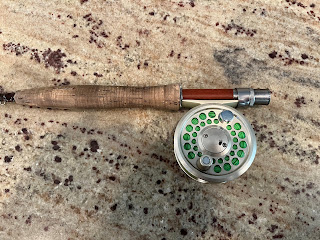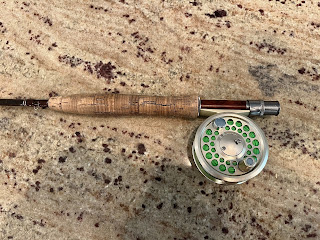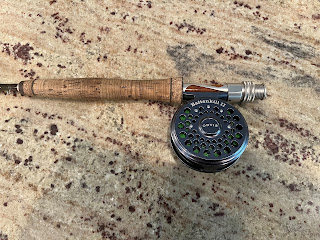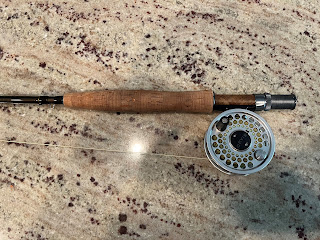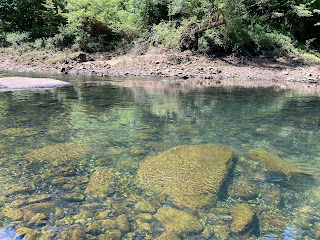As most of you know winter is not a season I look forward to. Why, because trout fishing is practically none existence on the Sipsey because generators run constantly. You guys that fish the native trout streams are so lucky. No generators to contend with, only a heavy rain that might cause the stream to rise some, but is back to normal flow in a day or two. How I wish I had that type of stream to fish here. So to satisfy my lack of trout fishing I watch Utube fly fishing videos. I have established quite a few contacts interacting with guys who post some great fly fishing videos. Not only are their videos entertaining but educational as well. The following videos are some of my favorites:Drew Looknfishy---- Drew has a blog by the same name but never publishes posts anymore on his blog because he has quite a following on Utube now. His videos feature small stream fishing out west during the late spring and summer months.
Hardman Fishing Adventures ------This is a young guy that makes all of us seniors wish we were young again and could balance walking logs across streams and hiking miles on some of the most beautiful trout streams in the northeast.
Jensenflyfishing -----Dave and Amelia are husband and wife who fish for huge trout in Canada and Ontario -----amazing how well they get along and work together to land some colorful brook, browns, and rainbow trout!
George Daniel ---- this guy knows more about Euro Nymphing than anyone I've watched on Utube. I hope I can get to use some of his Euro techniques on the Sipsey if I ever get to fish it again. George does most of his fly fishing in Pennysaliva's native streams.
Old Dominion Trout Bum------Cory, lives in Virginia and fishes small streams and tailraces in six different states north of him all the way to Maine. He only fishes the Euro technique and is very good at it!
And last----Scotty's Gone Walkabout----This guy takes overnight camping to another level all over Australia. He is in the process of learning how to fly fish as he hikes through the mountain terrain of Australia.
Most of these guys post a video at least once every two weeks.

